illustrated by Colin Paine
(Suggested reading age 7-9 years old)
Jakeʼs Granny was the most extraordinary cook. She could cook anything and everything. So, when Great Aunt Elinor sent her a strange book full of magical recipes, she didnʼt think twice about trying them out. It was just as well that Jake was there to help out – you never know what might happen when you open The Conjurorʼs Cookbook.
PRAISE FOR THE ORIGINAL EDITIONS
“The Conjuror’s Cookbook series by Jonathan Emmett has irresistible ingredients: a witty, punchy style; an inventive granny; a recipe book with a mind of its own; and a chain of enchanting culinary adventures.”
Elaine Williams, THE TIMES EDUCATIONAL SUPPLEMENT
“Jake’s Granny has a magical cookbook and a selection of amazing ingredients, so when they cook together anything can, and does, happen. For newly-independent readers, these books are liberally illustrated with suitably comic pictures, and the stories are told with vitality and good humour.”
Anita Ganeri, BOOKS FOR KEEPS

When Jake and Granny receive a strange cookbook, they donʼt think twice about trying one of the recipes. After all, Granny is an expert cook. But this is no ordinary cookbook and Goblin Stew is no ordinary recipe. So they soon find themselves with a pot full of surprises and some very unruly guests.
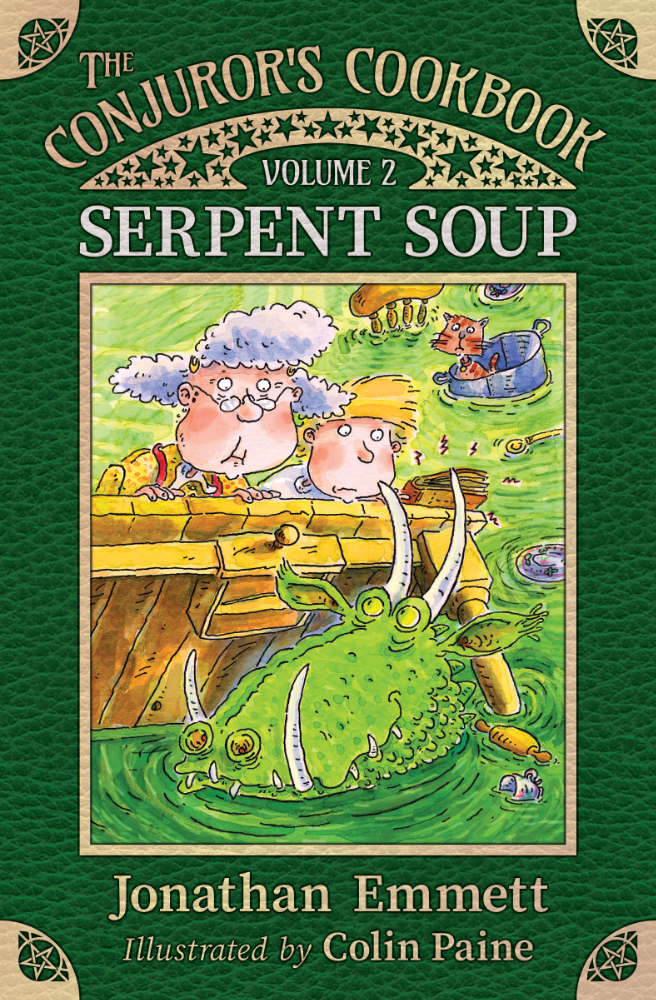
Jake and Granny are eager to try another recipe from The Conjurorʼs Cookbook — and what could be simpler than soup? But things get out of control and itʼs not long before the two cooks find themselves dangerously out of their depth.
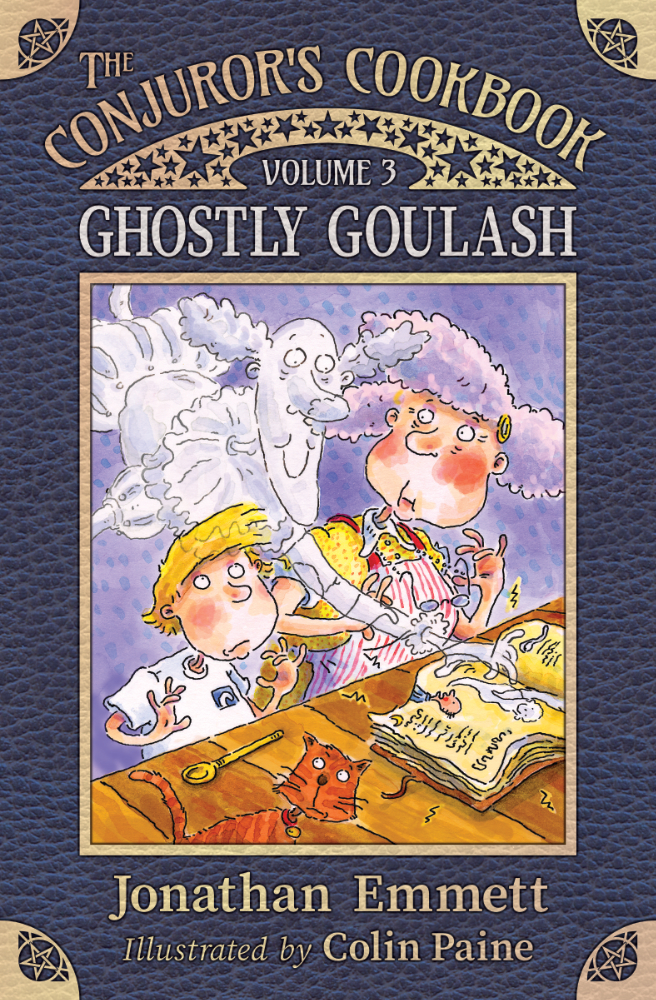
Jake and Granny have a big problem — the horrible Clobber and Snatchett want to knock down Grannyʼs cottage! Jake thinks cooking another magical recipe from The Conjurorʼs Cookbook will raise their spirits. It does — but theyʼre not the sort of spirits he had in mind.

Itʼs Jakeʼs birthday, so Granny decides to cook him something extra special from The Conjurorʼs Cookbook. But the recipe doesn’t quite turn out as theyʼd hoped, and they soon realise that theyʼve stirred up more trouble than they can cope with.
The initial inspiration for Goblin Stew, the first book in The Conjuror’s Cookbook series, came from the title itself. ‘Goblin Stew’ sounded like an intriguing name for a story and once I’d thought of it, I began asking myself questions about what that story might be. Chicken Stew is made from chicken so was Goblin Stew made from goblins? I decided this was probably too unpleasant an idea for a children’s book. So how else could goblins be involved? Eventually, I decided that it should be a story about a stew that was cooked by goblins.
Another inspiration for the story was the European folk tale Stone Soup, which is about a group of travellers who trick a village into providing all the ingredients for a soup they are preparing. Goblins are naturally mischievous and unruly creatures, so I decided that the goblin chefs in my story would take this idea to an extreme by consuming all the cooking ingredients they could lay their hands on.
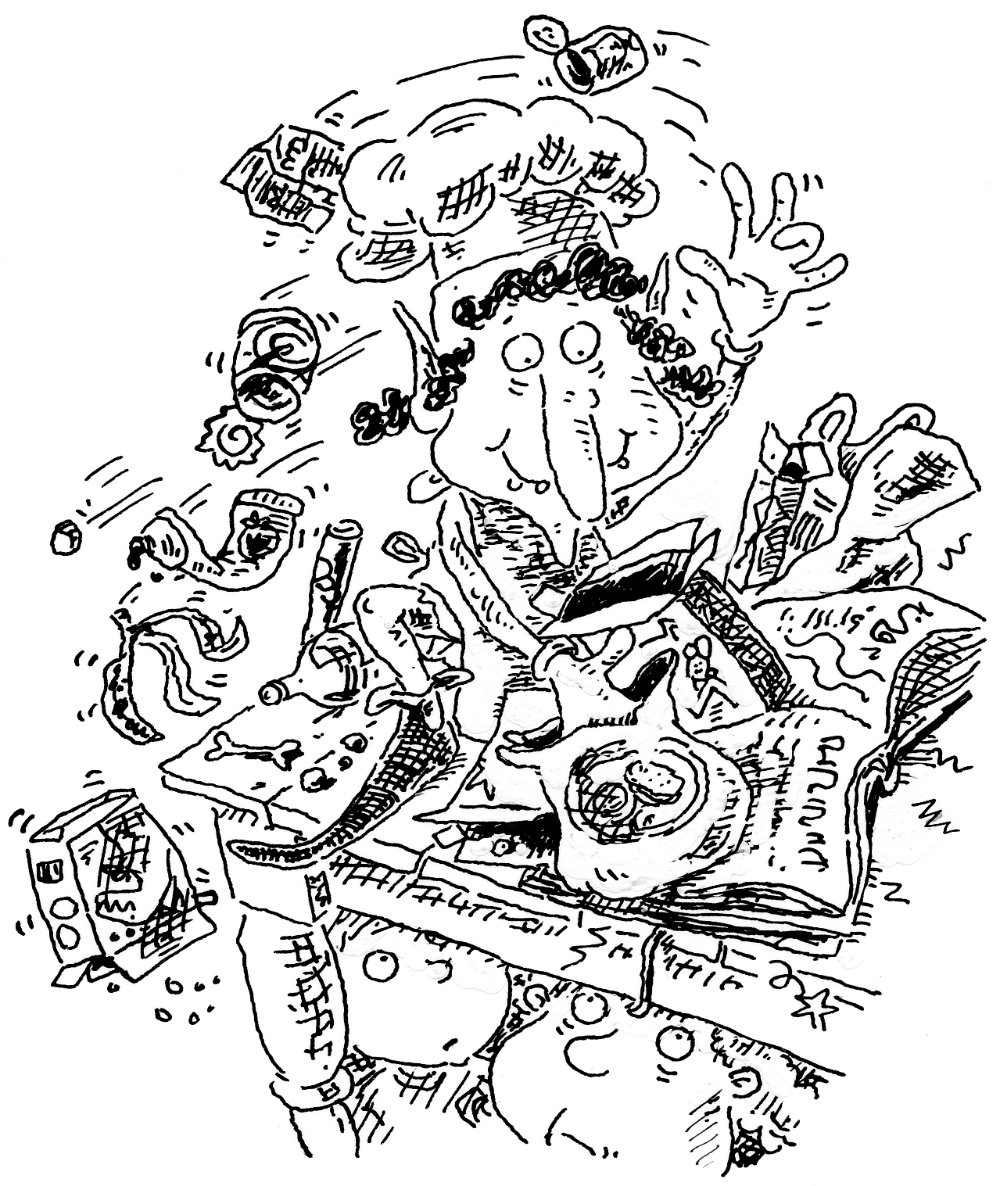
So now I knew how the stew was made and what was in it, I just had to work out why the goblins were making it and whose kitchen they were going to ransack. The story would be more dramatic if the kitchen was well-stocked, so I decided that the goblins would invade the home of a cookery writer . And I wanted one of the main characters to be a child, so I gave the writer a grandson – Jake – who was also a keen cook.
As soon as I had decided that my two heroes, Jake and Granny, would discover the recipe for Goblin Stew in a magical cookbook, I realised that there could be other stories, featuring other recipes from the same book. And that is how the idea for The Conjuror’s Cookbook series came about.
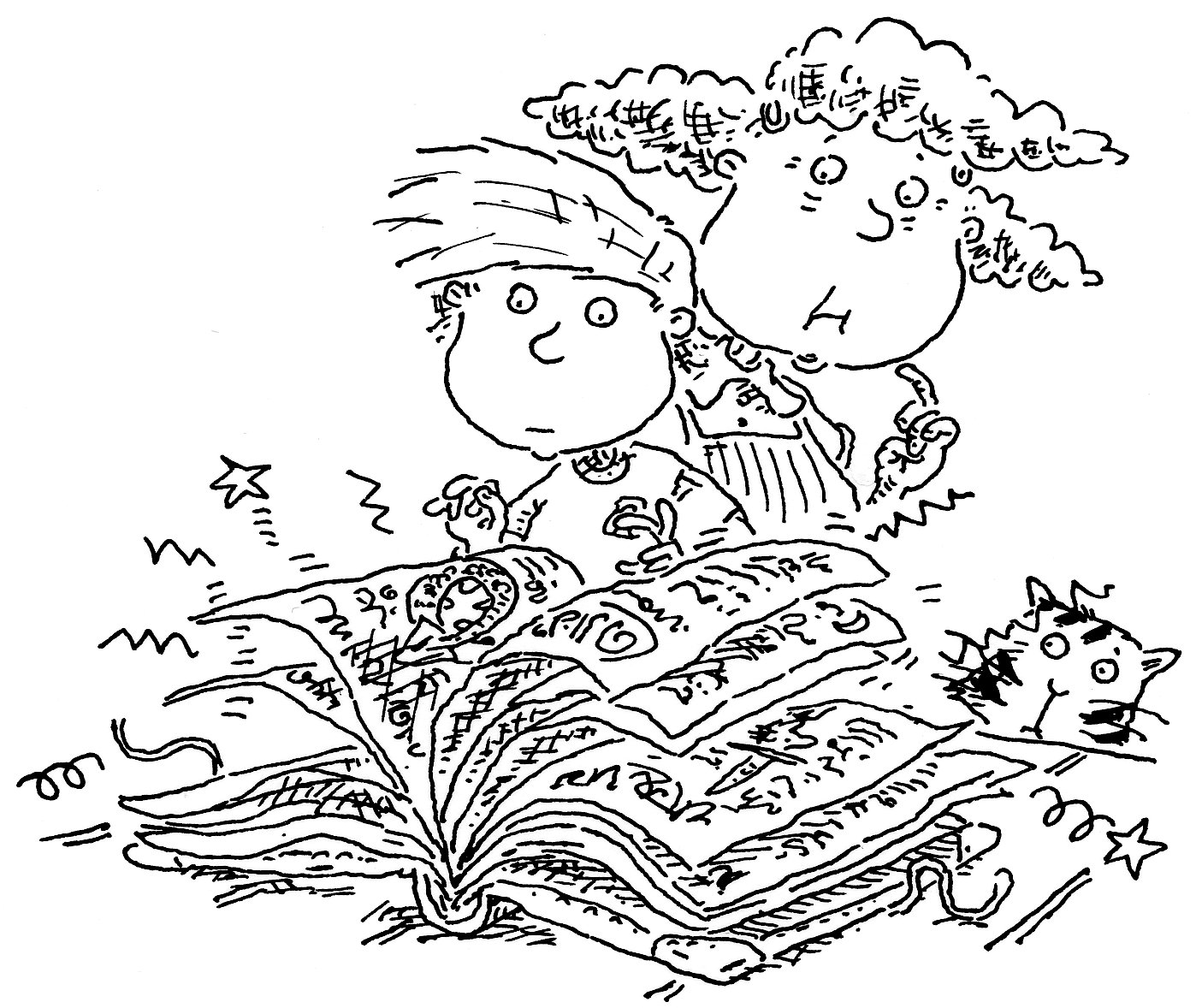
My agent, Caroline Walsh, sent Goblin Stew to publishers with short outlines for three more books. I’d assumed that – if I was lucky – the first book would get published and – if it was popular – I would be asked to turn one of the outlines into a second book. However, Bloomsbury, the original publishers of the series, wanted to publish all four books at once. So I wrote the other three books back to back.
One of the things I enjoyed most about writing the series was coming up with names for the magical characters. Pollapopawibble, the sea serpent who appears in the second book, Serpent Soup, has a name that’s meant to sound like the noise a string of bubbles makes as it passes through liquid. The name is a bit of a mouthful, which is why Jake asks if he can shorten it to “Polly” instead. When the serpent firmly refuses, Jake – and anyone reading the book aloud – are forced to keep using the long version for the rest of that book.
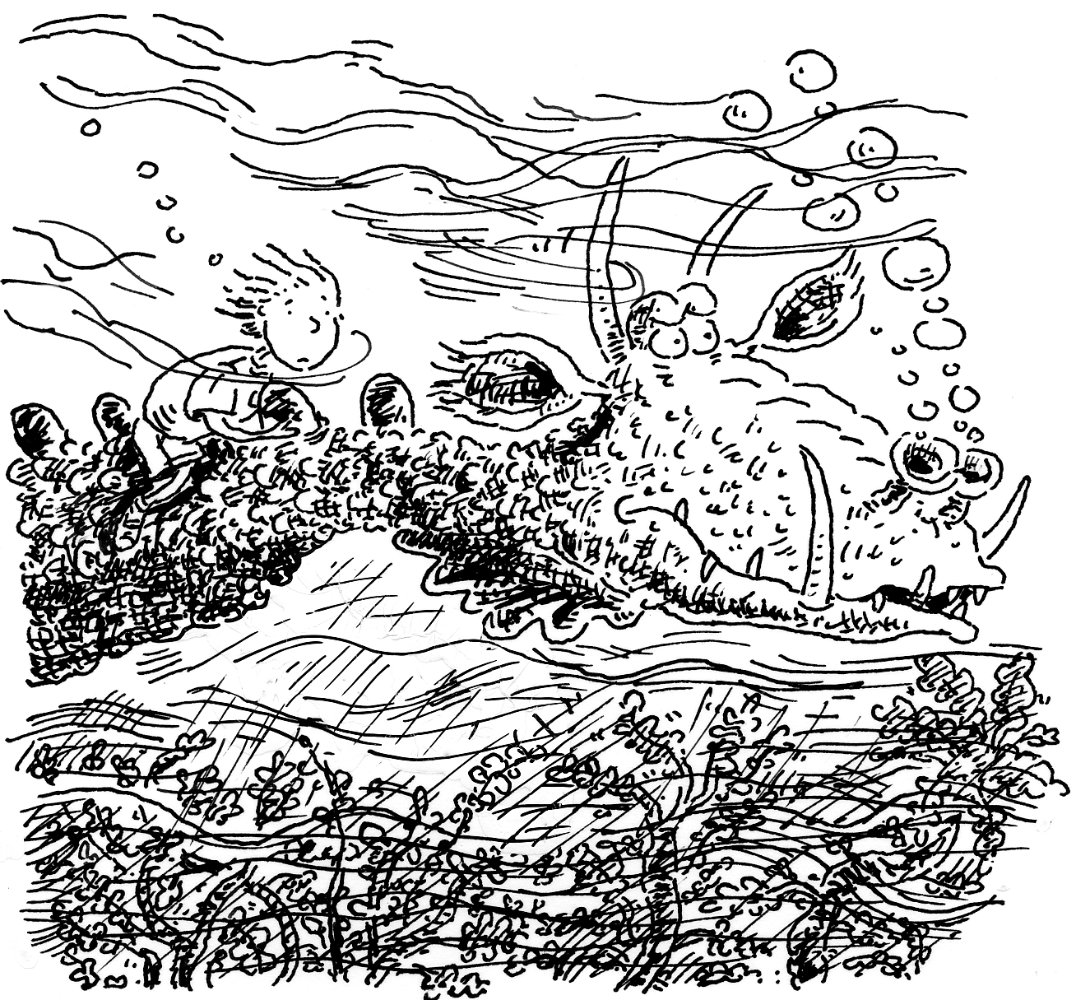
In the third book, Ghostly Goulash, Jake and Granny conjure up a houseful of ghosts from various points in history. This makes for an interesting mix of contrasting characters and the same setup has been used to good effect recently in the BBC sitcom Ghosts. That sitcom had yet to be made when I wrote Ghostly Goulash in 1999, but the 1970s children’s television series The Ghosts of Motley Hall, which I’d watched as a child, has a similar set-up and was a definite influence.

The fourth book, Fairy Cake, features a mischievous fairy called Dewlally, who almost succeeds in ruining Jake’s birthday party after Granny tells her she is not invited. Parties and other special occasions are often accompanied by treasure hunts in the Emmett household (you can read a blog post about our annual Christmas treasure hunt here) and I enjoyed writing some rhyming riddles for the treasure hunt Dewlally sets in this story. The answer to each riddle is a cooking ingredient. Can you work out the answer to this one?
What lies before flies and fingers and cup,
and is spread upon bread, before eating it up?
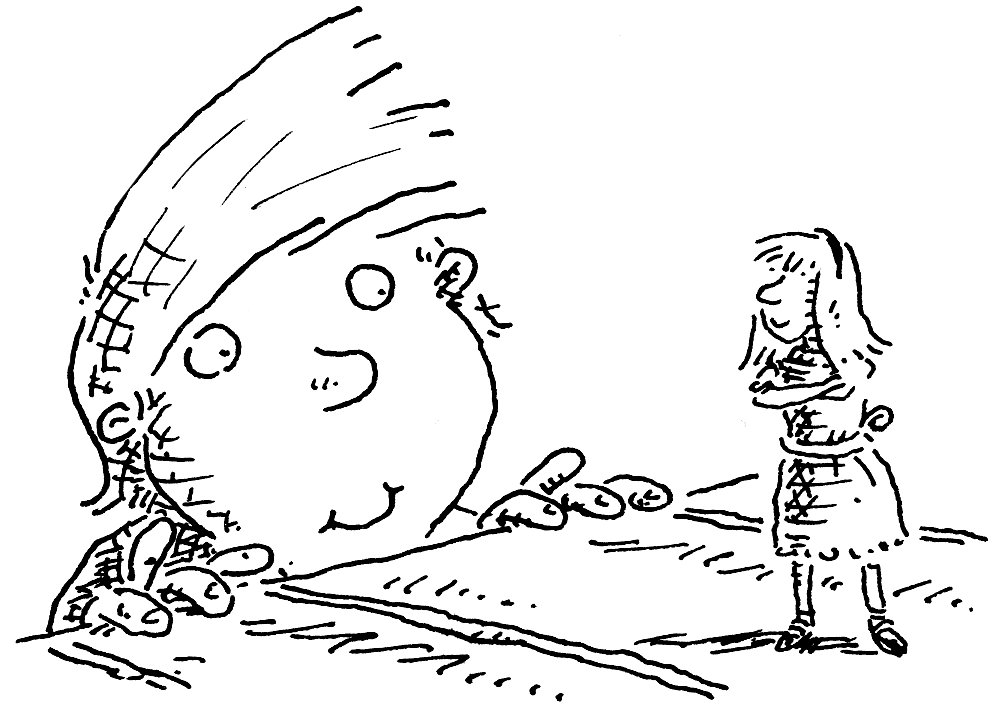
Dispatch & Delivery
Books will be sent by Evri and should take 2–4 working days to arrive after dispatch. I’m generally able to dispatch orders within two working days of receiving them, but if I’m away from home, books will not be signed and dispatched until my return. If you place an order while I’m away for more than a week, you should receive an email telling you when the order will be dispatched and giving you the option to cancel and receive a full refund.